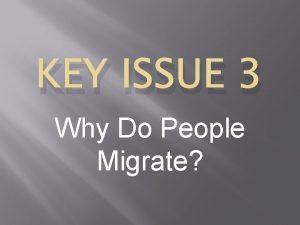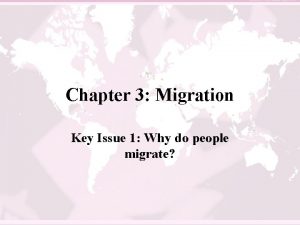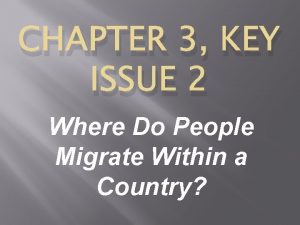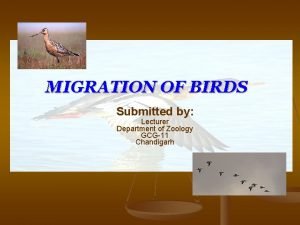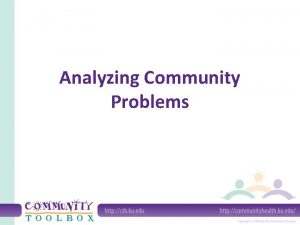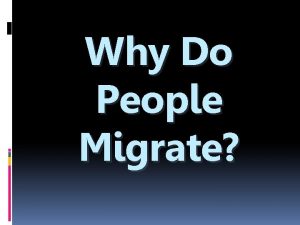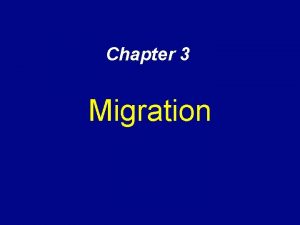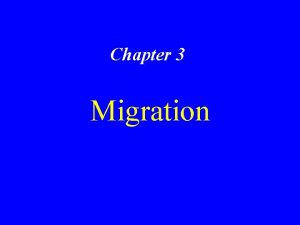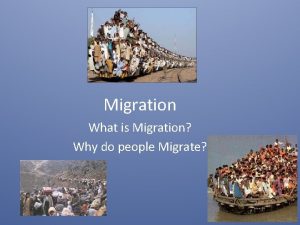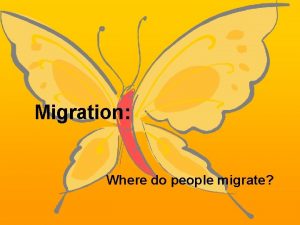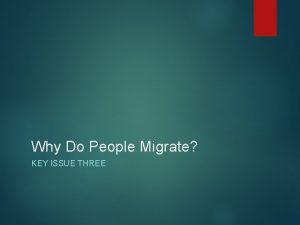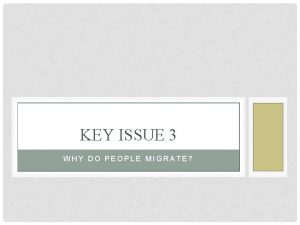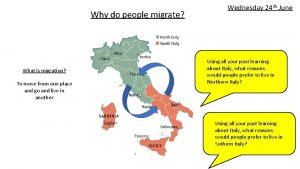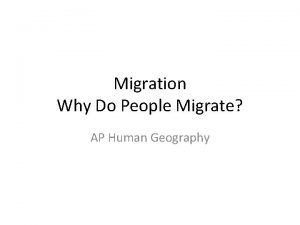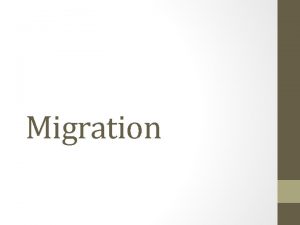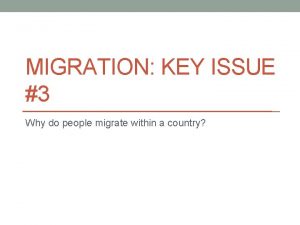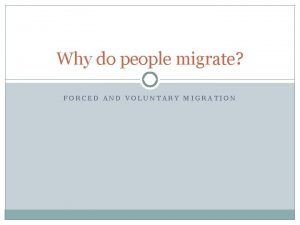CHAPTER 3 Migration WHY PEOPLE MIGRATE Reasons for

















- Slides: 17

CHAPTER 3 Migration

WHY PEOPLE MIGRATE Reasons for migrating � Push & pull factors • Economic • Cultural – Intervening obstacles Distance of migration � Internal migration � International migration Characteristics of migrants � Gender � Family status • Environmental

REFUGEES: SOURCES & DESTINATIONS Fig. 3 -1: Major source and destination areas of both international and internal refugees.

HURRICANE KATRINA MIGRANTS A major natural disaster represents an environmental push factor forced migration.

MIGRATION PATTERNS Global migration patterns U. S. immigration patterns � Colonial immigration � 19 th-century immigration � Recent immigration Impact of immigration on the U. S. � Legacy of European migration � Undocumented immigration � Destination of immigrants within the U. S.

GLOBAL MIGRATION PATTERNS Fig. 3 -2: The major flows of migration are from less developed to more developed countries.

MIGRATION TO U. S. , BY REGION OF ORIGIN Fig. 3 -4: Most migrants to the U. S were from Europe until the 1960 s. Since then, Latin America and Asia have become the main sources of immigrants.

MIGRATION FROM ASIA TO THE U. S. Fig. 3 -5: The largest numbers of migrants from Asia come from India, China, the Philippines, and Vietnam.

MIGRATION FROM LATIN AMERICA TO THE U. S. Fig. 3 -6: Mexico has been the largest source of immigrants to the U. S. , but immigrants have also come from numerous other Latin American nations.

OBSTACLES TO MIGRATION Immigration policies of host countries � U. S. quota laws � Temporary migration for work � Time-contract workers � Economic migrants or refugees? Cultural problems living in other countries � U. S. attitudes to immigrants � Attitudes to guest workers

MIGRATION WITHIN A COUNTRY Migration between regions of a country Migration between regions within the U. S � Migration between regions in other countries � Migration within one region Rural-urban migration � Urban-suburban migration � Migration from metropolitan to nonmetropolitan regions �

CENTER OF POPULATION IN THE U. S. Fig. 3 -12: The center of U. S. population has consistently moved westward, with the migration of people to the west. It has also begun to move southward with migration to the southern sunbelt.

INTERREGIONAL MIGRATION IN THE U. S. Fig. 3 -13: Average annual migrations between regions in the U. S. in 1995 and in 2003

U. S. INTERREGIONAL MIGRATION, 1995

U. S. INTERREGIONAL MIGRATION, 2003

BRASILIA, BRAZIL Brasilia was created as Brazil’s new capital in 1960 and since then has attracted thousands of migrants in search of jobs.

INTRAREGIONAL MIGRATION IN THE U. S. Fig. 3 -14: Average annual migration among urban, suburban, and rural areas in the U. S. during the 1990 s. The largest flow was from central cities to suburbs.
 This is why people migrate aj+
This is why people migrate aj+ Key issue 3 why do people migrate
Key issue 3 why do people migrate Chapter 3 key issue 1
Chapter 3 key issue 1 Key issue 2: where do people migrate within a country?
Key issue 2: where do people migrate within a country? Why did the mormons migrate to utah
Why did the mormons migrate to utah Cedar waxwing bird
Cedar waxwing bird Hey hey bye bye
Hey hey bye bye People come into your life for a reason
People come into your life for a reason Reasons why the u.s. entered ww1
Reasons why the u.s. entered ww1 Talk about your favourite tv programme
Talk about your favourite tv programme 13 reasons why powerpoint
13 reasons why powerpoint London 1890 rizal
London 1890 rizal Which is a reason cells divide
Which is a reason cells divide Example of community problems
Example of community problems Why we must save dying tongues
Why we must save dying tongues This is one of the identified reasons why
This is one of the identified reasons why Why did william win the battle of hastings
Why did william win the battle of hastings The maze runner book chapter 1
The maze runner book chapter 1

